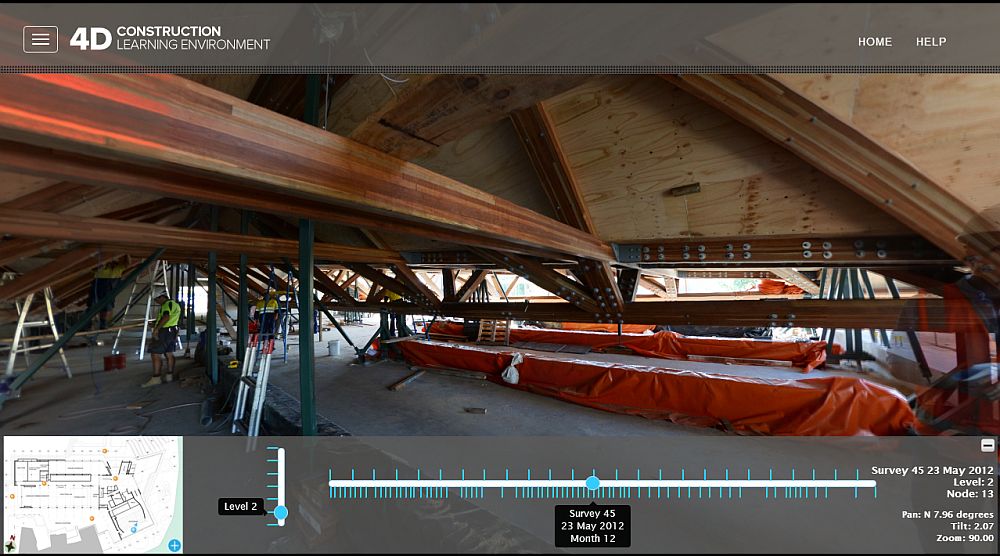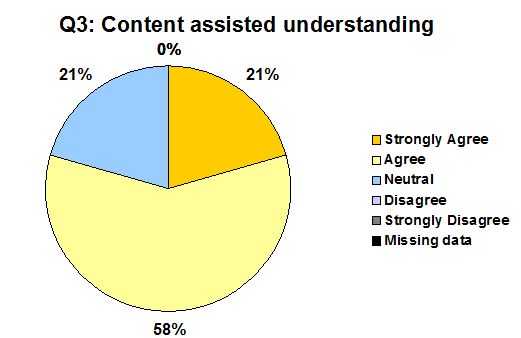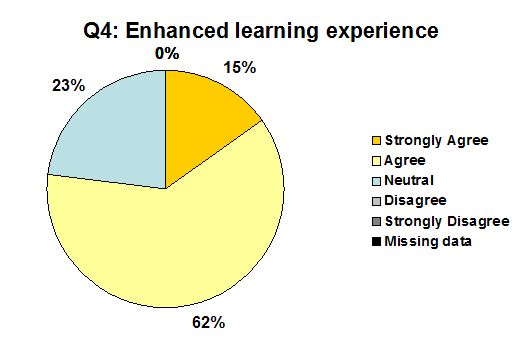
 Associate Professor Graham Brewer
Associate Professor Graham Brewer
Students must develop and rehearse reflective practices as part of their assessment regime, so they can develop as reflective practitioners and become reflective professionals in the workplace. Each student makes unique sense of their experiences and exposure to new information. It is particularly useful for students to reflect on the connections they make between new information and experiences and their existing knowledge base.
Aim:
To increase the effectiveness of student learning through ‘reflection in action’ and ‘reflection on action’ during the solution of a ‘wicked’ project management problem.
Objectives:
Course: ARBE3300 – Construction Business Management
Year level: Third year, Bachelor of Construction Management (Building) (Honours), The University of Newcastle
Study mode: Blended cohort (on-campus/distance learning/BCA Singapore)
Cohort size: 144
Traditionally, ARBE3300 – Construction Business Management students develop reflective practice by posting weekly contributions to a learning journal (online blog) (30%). Each week the students are given one or more trigger readings that introduce the practical implications of a theoretical component presented during that week’s lecture.
This year the AEB 4D Construction Learning Environment was available, so a new and novel form of reflective trigger could be introduced. Two of the 10 trigger readings were replaced with ‘provocations’ that required students to apply ‘reflection in action’ to solve a real-world business problem and ‘reflection on action’ to justify the recommended solution (that is, reflect upon other parts of the course). The course focuses on managing a business; however, the 4D learning environment essentially deals with a single project, so it was important that the provocation had serious implications for the future of the firm. A suitable issue was developed from the documentation available.
The students were asked to reflect in a structured way on the key messages from the readings and provocations, their connection to other parts of the course, and their implications for academic research and professional practice. The students were also asked to read the blog written by another student of their choosing and critique it.
Student feedback
Course feedback was given through student comments on Blackboard (n= 39, response rate = 28%). In relation to the usability of the 4D learning environment, students responded to:
Q1: Did you like the appearance? Agree or strongly agree = 83.7%
Q2: Did you find [it] easy to use? Agree or strongly agree = 83.7%
Comments included:
‘It was a realistic approach to building, with meeting minutes and contract documents to reference.’
‘It was very helpful to interact with the design that I was trying to analyse and make decisions about.’
‘I find the best learning is on the job but if that’s not available, then definitely a great way to bring the site into the living room.’


Although not all students were convinced: ‘Not really relevant to this subject.’
The assessor for this assignment believed that the provocations, developed from content in the 4D learning environment, gave students opportunities to reflect both in action and on action. The students who were genuinely developing into reflective practitioners distinguished themselves through their mature and introspective responses. This trial appears to have had a significant and positive impact on overall class performance in this assessment.
Analysis of the results for this assignment over the past three years revealed higher numbers of high achievers in both the distinction and high distinction bands, and a lower number of failures.
Suggestions from students for improvements include:
‘An overlay that can [be] toggled on an[d] off to describe any construction details could be highly useful to students being introduced to building sequencing.
‘A slightly larger navigation map could improve accessibility.’
‘Include a project program, maybe actual versus planned just to see how the real project compared to the plan.’
‘Putting little bubbles around certain structural areas that will expand and show materials used and construction techniques.’
Students’ responses to an online anonymous survey indicate that no-one disliked the 4D learning environment. Everyone saw value in its use, though some believed it would be better applied earlier in the program. Many students would like to see more detailed contract documentation and in particular a detailed project program.
The course coordinator judged this to be a successful deployment of the 4D learning environment, though it was in an unusual context.